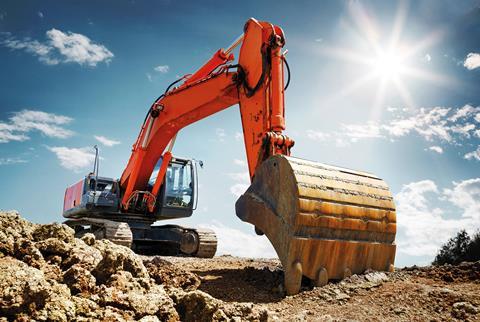- News

All the latest updates on building safety reformRegulations latest
- Focus
Cost model: ΞΆΓάΘ¦ brownfield
By Lynda Brooks, RobΒ Mayes and Philip Mackintosh 2022-10-21T06:00:00

Source: Shutterstock
Regenerating previously used land offers multiple environmental, social and cost advantages but there are many factors to consider

Source: Shutterstock
Brownfield sites are remediated either because of a statutory obligation to clear up contamination or to unlock a site’s commercial potential for redevelopment
01 / Introduction
Developing land that has previously been built on – brownfield sites – is arguably unavoidable in the UK. Greenfield land is limited, and protecting what remains of it curbs carbon emissions, supports natural habitats and air quality, and prevents unnecessary urban sprawl. By contrast, brownfield land is plentiful across every region of England, according to countryside charity CPRE. The body, which tracks land development, says areas particularly ripe for redevelopment include the North-west, with capacity for 167,461 new homes on brownfield sites, Yorkshire and Humber (108,790 homes) and the West Midlands (99,600















